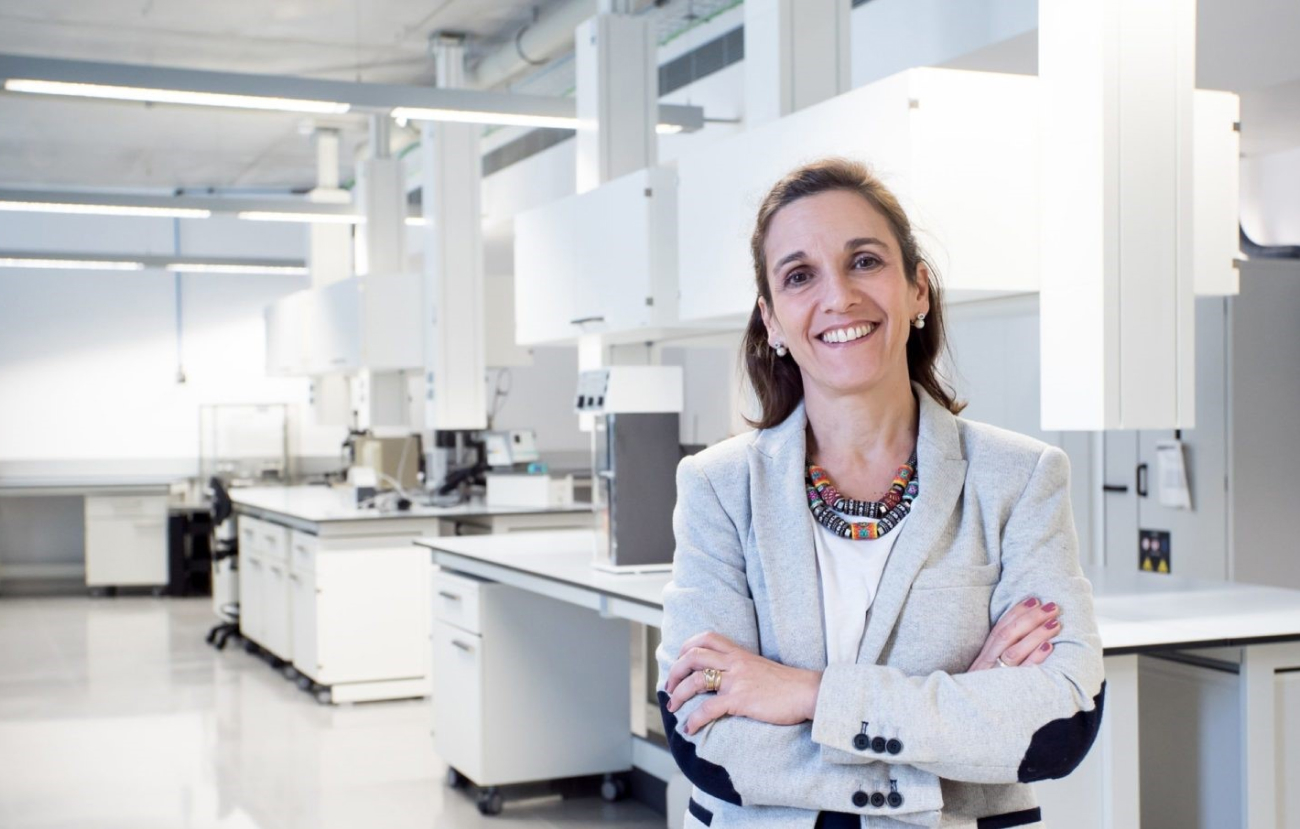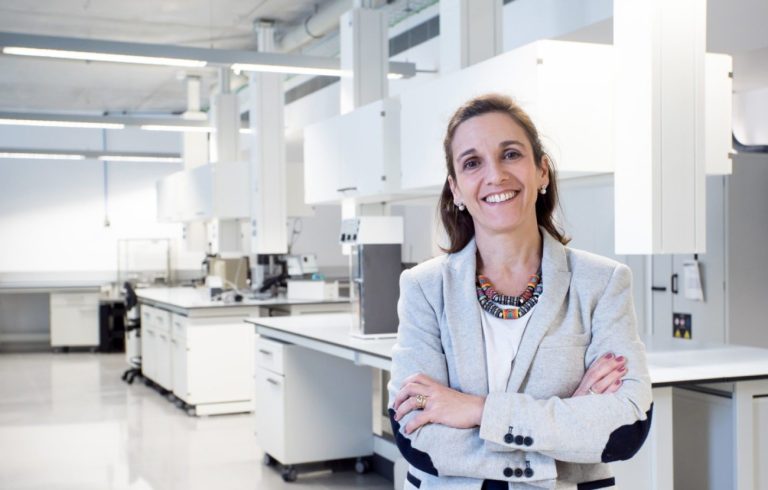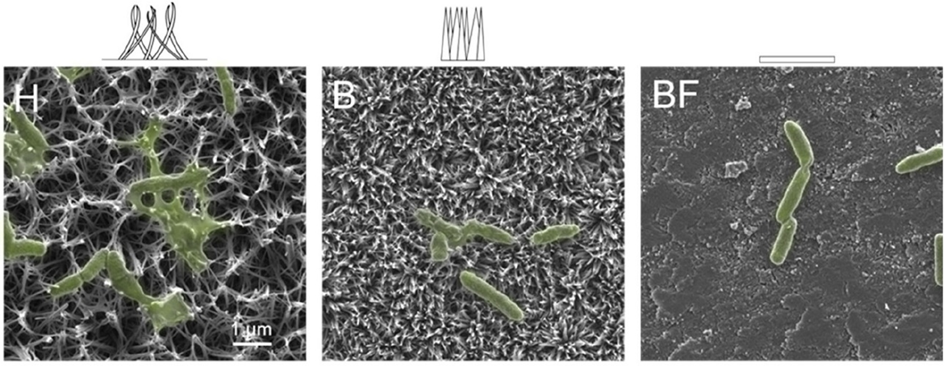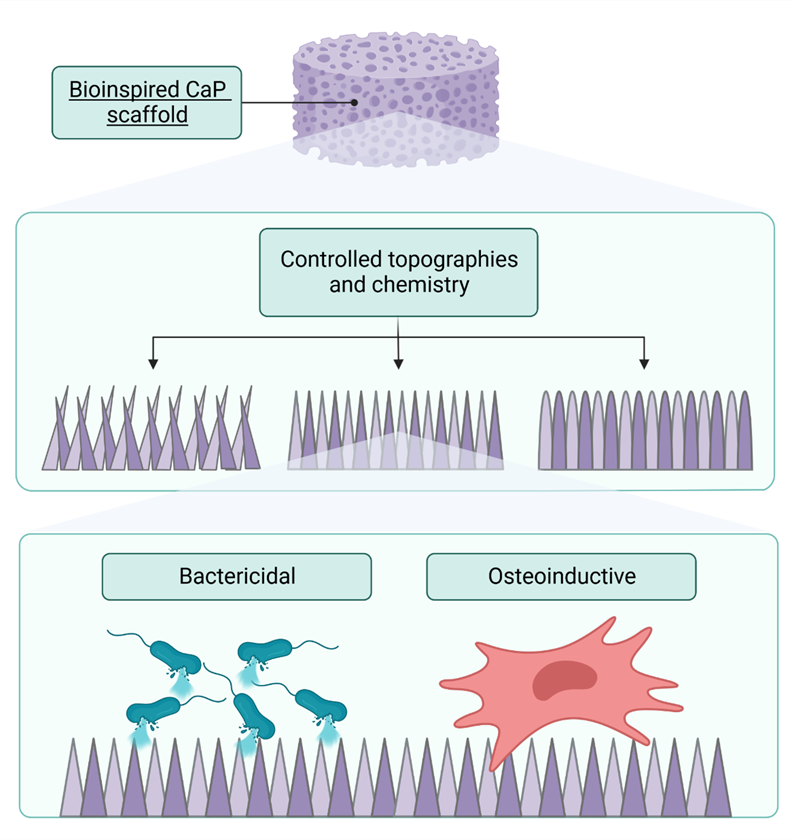
New European project to understand contact-based antibacterial properties of bioceramic surfaces
The European Research Council (ERC) has awarded professor Maria-Pau Ginebra an Advanced Grant to study the mechanisms of biomaterial and bacteria interaction and to develop surfaces that can simultaneously fight infections and promote bone regeneration. The project will have a great scientific and technological impact in the field of orthopaedic, maxillofacial and dental implants.

Bacterial infection is one of the main challenges of orthopaedic and maxillofacial surgery, exacerbated by antibiotic resistance, a major global health threat that is responsible for more than two million deaths per year worldwide. The recent discovery of the bactericidal properties of some naturally occurring surface topographies has opened a new avenue of research on alternatives to antibiotic-based treatments. However, there is incomplete knowledge of the mechanisms of action and still too many unanswered questions to translate these advances into clinical use.
Now, the researcher Maria-Pau Ginebra, head of the Biomaterials, Biomechanics and Tissue Engineering Group (BBT) of BIOMATDB partner Universitat Politècnica de Catalunya – BarcelonaTech (UPC), aims to face this challenge within the framework of the project “Bio-inspired AntiMicrobial Bone BIoceramics: Deciphering contact-based biocidal mechanisms (BAMBBI)”, for which she has received an ERC Advanced Grant, the highest award granted to ground-breaking research projects in Europe. Prof. Ginebra has pioneered the design of bioinspired biomaterials for bone tissue regeneration with enhanced osteoinductive properties. The BAMBBI project represents a paradigm shift as it explores the possibility of applying processes and tools inspired by the biomineralization phenomena to develop bactericidal surfaces on clinically functional synthetic bone grafts as a strategy to tackle implant infections. The final goal is to engineer the surface of calcium phosphates with an unprecedented and fine design of nanotopography, by a very precise control of the nucleation and crystal growth processes. Moreover, the antimicrobial effect will be further enhanced by exploiting the synergy with chemical moieties to modulate bacterial affinity and boost the contact killing efficiency.

This will provide a versatile platform to study the contact-based bactericidal mechanisms in depth and unravel the role of nanotopography and surface chemistry and their interplay with the intrinsic properties of bacteria. Only by considering all these parameters will it be possible to unveil the causes of the substantial differences in bactericidal efficacy of a given substrate for different bacteria and design more efficient antibacterial surfaces.

In addition to being a major advance in bone regeneration, progress on new methods of precise control of the nanostructure of inorganic materials will have an impact on diverse areas, such as catalysis, water purification and protein separation, which are of great relevance for the environment and for developing energetically sustainable processes.
Authors: Miguel Mateu Sanz
References (English)
[1] Iglesias-Fernandez, M., Buxadera-Palomero, J., Sadowska, J., Espanol, M., Ginebra, M. (2022). Implementation of bactericidal topographies on biomimetic calcium phosphates and the potential effect of its reactivity. Biomaterial Advances, 136. [online] Available at: https://www.sciencedirect.com/science/article/pii/S2772950822000747?via%3Dihub